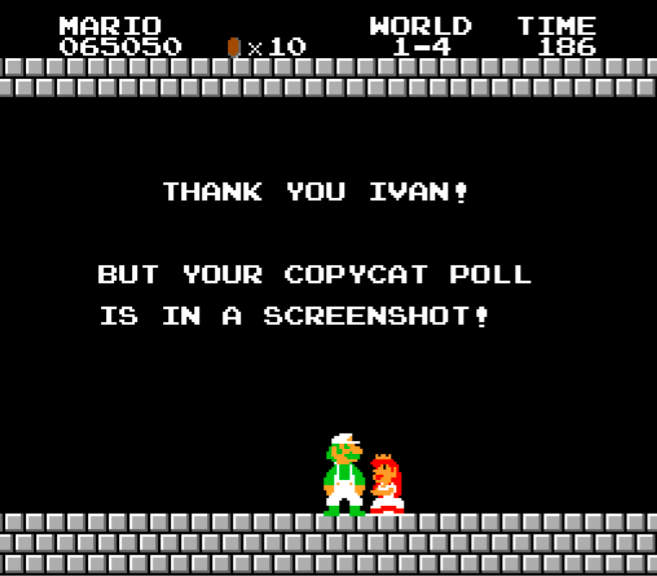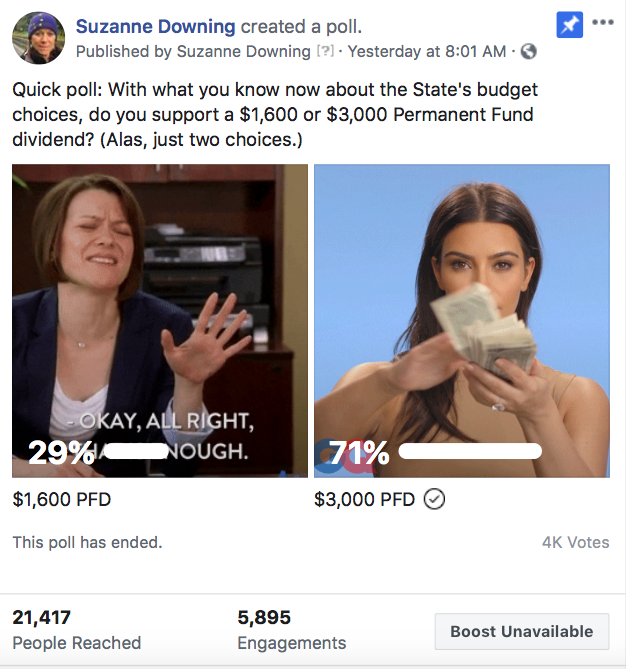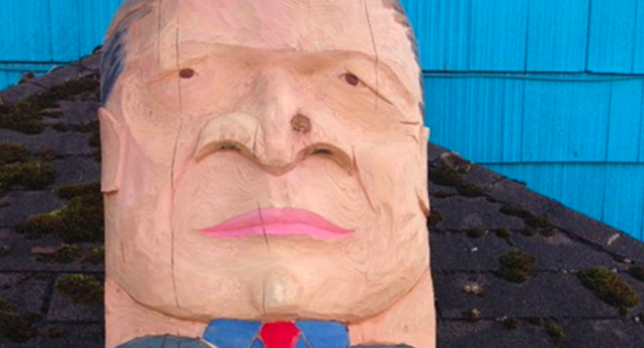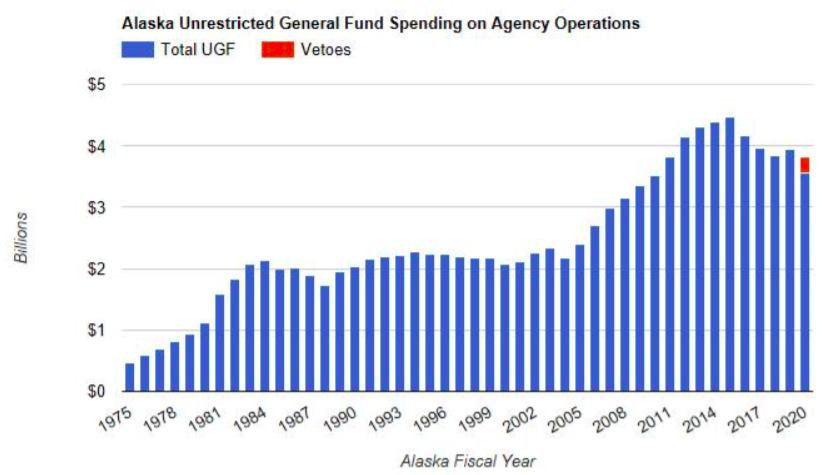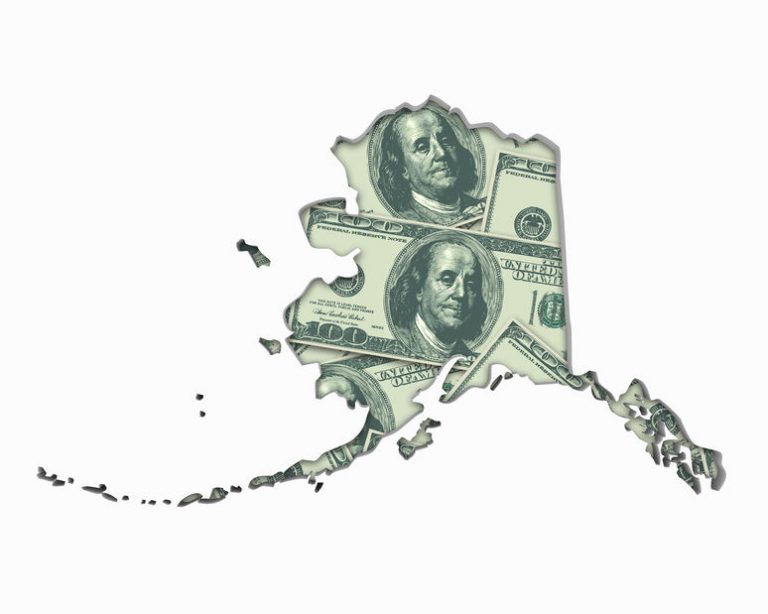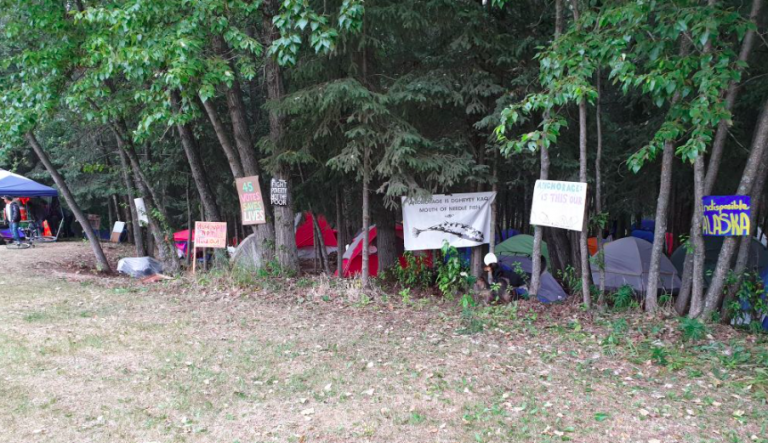By ART CHANCE
SENIOR CONTRIBUTOR
The Inlandboatman’s Union’s strike caught the State of Alaska flat-footed. A good title for a piece about it would be, “At 2 PM We Slept.” Those of a certain age will recognize that as a take-off on a famous book about the Pearl Harbor attack, “At Dawn We Slept.”
What happened to the State of Alaska this week was the labor relations and political equivalent of the opposing team taking the opening kick-off and running it back for a 100-yard touchdown.
It is embarrassing and inexcusable that it happened, especially for me, since some of the people who should have done something are my hires and former subordinates. In their defense there hasn’t been any real controversy between the State and its unions since the 1990s, so none of them has any experience with anything but relative labor peace.
The union has committed multiple unfair labor practices and their own words, and Creepy Joe Biden’s words, are the only evidence one needs.
First the union has an illegal proposal regarding “Cost of Living Differential” pay on the table, and, second, they’ve been all over the media saying that their primary motive is political opposition to the governor’s budget cuts.
Sorry, boys, budget cuts aren’t “wages, hours, and terms and conditions of employment,” the legal duty to bargain. This is largely a politically motivated strike and the union has both statements and proposals that graphically evidence that.
The factual predicate of a legal strike (and the IBU does have a legal right to strike) is the existence of a valid state of impasse in bargaining. A valid state of impasse exists when a party has a good faith belief that further bargaining will not result in an agreement.
An unfair labor practice is a bar to a valid state of impasse and so long as there is an unresolved unfair labor practice, the offending party cannot resort to economic weapons such as a strike or lockout.
Word is they’re bringing in a federal mediator again. In my experience the federal mediators were good company but not good for much else other than it was a step you had to go through to make sure you had valid impasse for employees without a right to strike or with a limited right to strike, such as AMHS employees.
Here’s where it gets complicated, and where the amateurs and State lawyers who do labor relations once in awhile get lost:
The State has valid unfair labor practice charges that it can use to get the Alaska Labor Relations Agency to force the IBU to end the strike and return to bargaining. Usually reliable sources tell me that the Administration is being advised that it shouldn’t file the ULPs for fear that the Alaska Labor Relations Agency will order the State and the union to arbitration over their contract dispute.
Whoever is giving that advice is either sabotaging the Administration, is a coward, or is simply ignorant.
A reading of the plain language of the controlling authority, AS 23.40.200(a)(2) informs us that only a court can order the State and the union to arbitration. In the unlikely event that the State could demonstrate that a ferry strike poses a threat to public safety, not convenience or economics, but safety, a court could order the IBU back to work and order the parties to interest arbitration to have an arbitrator form their contract subject to Legislative approval.
The Alaska Labor Relations Agency cannot order the State to arbitration; its only power is to order the union to cease the strike and return to bargaining. This doesn’t even take any legal skill to figure out; if you can read plain English you can read the law and figure it out for yourself.
Unfortunately, the Administration is in Juneau in a sea of lefties and greenies who see the ferry system as the salvation of the Tongass Forest and the prevention of a road to Juneau. I’ve never met a conservative State lawyer, though I’ve known a few who could be objective. The State lawyers live surrounded by lefties and greenies who love the ferry system and hate Republicans. I’m proud to say that in my 20-odd years with the State, I never asked a State lawyer what I should do. I told them what I planned to do, asked them if they had any legal issues, and assured them that I’d give their concerns due consideration.
It is probably too late for the unfair labor practice findings to do anything meaningful to stop the strike before the end of the summer season if at all, but the State should persist and get an order and decision from the Alaska Labor Relations Agency so that it can use it to buttress damage claims against the union for the illegal strike. The State’s objective should be to economically destroy the IBU over this.
I always figured that few State employees would strike once they were told that they couldn’t take paid leave to strike. For the IBU, Aug. 1 is a red letter day, because if they aren’t in pay status on Aug. 1, they lose their State health insurance. If their strike goes on for over 23 days, they start losing retirement service credit.
It isn’t coincidental that the IBU’s 1977 strike ended at 20 days.
It is likely that the IBU will say it is calling its strike and will report to work on Aug. 1. They’ll show up on Aug. 1, be in pay status and get their August health insurance and go right back on strike. That will on cost the State about $700,000 for the August health insurance plus the wages for a day or two will be another several hundred thousand dollars; call it the better part of a million and a half bucks so the Administration can look like it is being nice.
If the Administration lets them do that, they’re idiots.
If anybody in the Administration knew what to do, the State is in the cat bird’s seat; the damage has been done. The tourist season is wrecked, the revenue for this summer season is lost, so why would you want to give the IBU anything now to come back to work.
Lay off the licensed employees other than those necessary to keep the tied up ships safe over the winter. The people of coastal Alaska and the private sector will figure out a work-around. Look how quickly Allen Marine was able to provide transportation from Juneau to the State Fair in Haines.
[Read: Alaska Life Hack: How to get around Southeast Alaska without the ferries]
If anybody cares if there is a ferry system next spring, maybe the State will have topics about which they can talk to the maritime unions.
Art Chance is a retired Director of Labor Relations for the State of Alaska, formerly of Juneau and now living in Anchorage. He is the author of the book, “Red on Blue, Establishing a Republican Governance,” available at Amazon.

